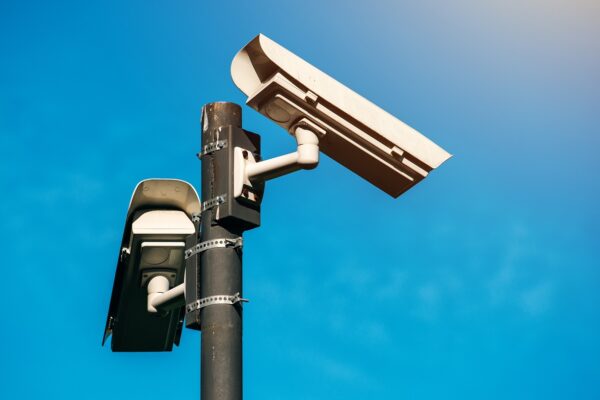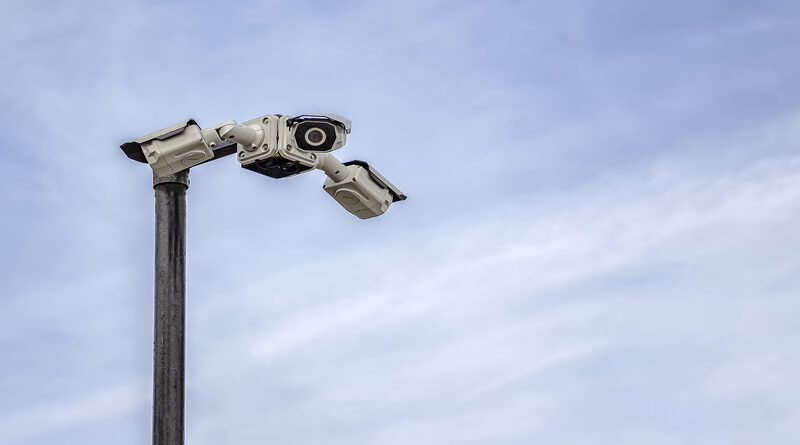Evolution of Facial Recognition Technology

Previously, facial recognition technology was reserved for the movies and was a thing of fiction. However, much like other biometric solutions that have seen improvement and progress, facial recognition technology also steadily became a reality. Over the past decade, it has not only been developed and perfected; it is being deployed around the world as well. However, not as rapidly as other biometric technologies did – which include fingerprint, iris recognition, hand geometry, and DNA.
Before we discuss the history and gradual evolution of facial recognition technology, there is a need to have an understanding of how this technology works and why there was a need for it in the first place?
Workings of Facial Recognition Technology
In simplest of words, the technology scans a person’s face and then verifies it. In particular, it works in three basic steps that you will find in all facial recognition technologies.
- Face Detection: This is the first step where the human face is located and detected in the form of images and videos.
- Face Capture: Then, the process moves towards capturing facial features. Facial biometrics, which is a 2D or 3D sensors, capture the face, which transforms the facial information captured into digital information by the application of an algorithm.
- Matching and Verification: Lastly, the facial information gathered is then matched with the information (other faces) present in the database to check if there is any match.
This technology has been deployed around the globe, but for limited use. China is one of the countries that made headlines along with India of using facial recognition technology on a big-scale. Nonetheless, facial recognition biometric technology or Face ID will slowly take over as it has already over several smartphones, including iPhone X. With this being said the future of mobile app development concerning features that include facial recognition is definitely on the path of improvement, innovation, and implementation.
Why Facial Recognition?
Simple, because it is the ultimate milestone in biometric technology that doesn’t require any end-user interaction or a ‘handler’ to verify. The technology is independent of any human processing or monitoring. Moreover, it is also easy to deploy and maintain.
Facial Technology of Today
Facial Recognition coupled with AI (Artificial Intelligence) and Deep Learning has become the benchmark for the biometric identification process for many industries that include: airports, mobile manufacturing industries, home security, and appliance manufacturers, schools, and more.
Evolution of Facial ID Biometric: A Walkthrough
1960s
Starting from the inventor himself, who is believed to be Woodrow Wilson Bledsoe, created the first facial ID system using a RAND tablet. The system he created would organize the photos of faces by hand. People made use of this technology and manually recorded the coordinate areas of the features like the hairline, mouth, nose, eyes, and the structure.
Take note that at this time, there was no use of modern technology or any computers assisting Bledsoe in his quest to prove the facial recognition is a viable biometric solution – in 1960s.
1970s
Harmon, Goldstein, and Lesk worked on the manual facial recognition technology and converted it into automatic detection. How? They used 21 facial markers that included the thickness of the lip and the color of the hair, even – these markers were used to make detection of faces automatic and more accurate.
1988
Linear algebra was included to detect faces in 1988 by Sirovich and Kirby. This particular approach was named Eigenface. The focus was to search for low-dimensional facial images representations. The team of two was able to prove how any face can be approximated through a combination of a few sets of Eigenfaces. Which is quite remarkable in itself?
1991
Pentland and Turk furthered the works of Eigenfaces and tried to find ways to detect faces within images. These two utilized technological and environmental factors into their approach and were the first to attempt facial recognition automation.
1993-2000s
DARPA and NIST launched the FERET program aimed to encourage commercial use of this technology. By 2002, the efforts paid off, and the law enforcement officials deployed facial recognition technology in critical tech testing.
2010 – Present
This is where facial recognition technology really started to take off. 2010 is the year when Facebook started using face ID. This helped the social media platform to identify people through their uploaded photos. Facebook is already embroiled in many controversies concerning users’ security and data. This facial detection update didn’t go unnoticed and definitely created a hype among the media industry.
2011
Panama government and US Secretary of Homeland Security, Janet Napolitano, went ahead and authorized a pilot program of the Facial Recognition platform – which was called FaceFirst. This was installed at Panama’s Tocumen airport to detect any illegal or illicit activities. This installation then became the largest at the airport of Tocumen.
In the same year of 2011, the US law enforcement and its military adopted the face ID technology that was used for the identification of dead bodies and that of Osama Bin Laden as well.
2014
Mobile face recognition was adopted by law enforcement agencies in 2014, and the retail industry became accustomed to the facial recognition technology in 2017.
Facial Recognition Market
According to a study, the global facial recognition market would generate $7B in revenue by the year 2024. And for the year 2019, the market was accounted for $3.2B already. For the most part, facial recognition is powering the surveillance and security ecosystem – while the two most dominant sectors making the most of this technology is the law enforcement and retail.
Retail is by far the most unlikely industry that has made use of this technology for purposes other than surveillance, however not too far off. The retail industry is using facial recognition in its stores to analyze the behavior of the shoppers to improve their customer purchase process and experience.
In addition to this, the selfie-payment system in the future as giants like Alibaba, KFC, and more are testing facial recognition payment solutions already. As much as the future of this technology looks promising, the applications have many questioning their privacy. Nonetheless, in terms of security and surveillance – facial recognition is the best technology to incorporate.
Author Bio:
Zubair is a digital enthusiast who loves to write on various trends, including Tech, Software Development, AI, and Personal Development. He is a passionate blogger and loves to read and write. He currently works at Koderlabs, custom software development company in Houston that offers top-notch software development services to clients across the globe.












Interest sharing, thanks for sharing.
Interesting post, thanks for sharing.